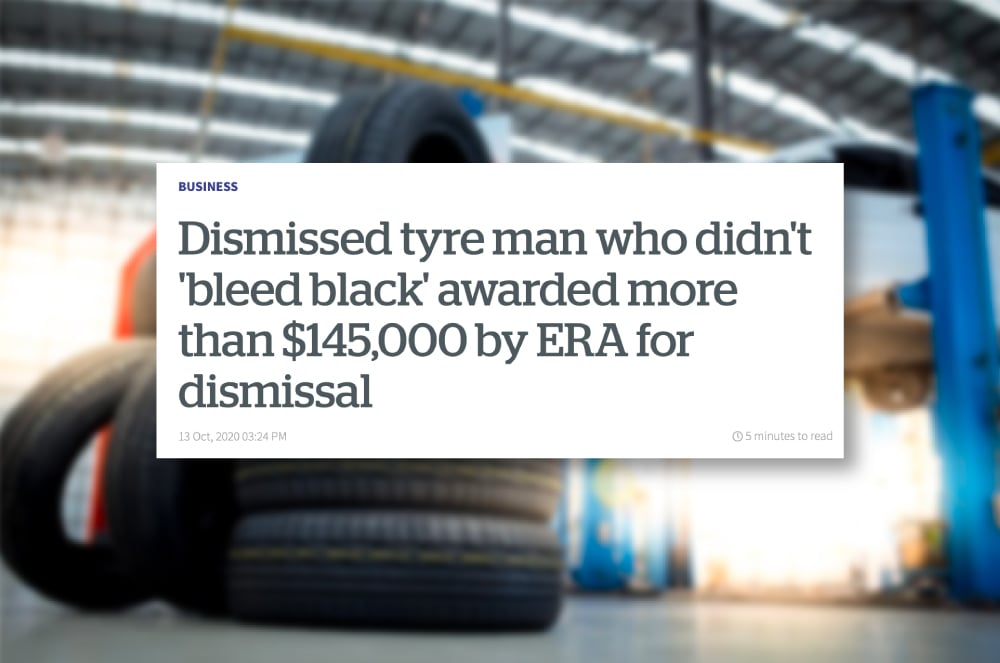The unfortunate demise of Supie, the online supermarket that set out to challenge the “Big 2” supermarket duopoly in NZ, has been all over the news.

The company has gone into voluntary administration after trading for just over two years.
There’s been an outpouring of support for what the start-up was trying to achieve in the grocery market and for its 120 employees. Supie managers have set up social media groups to share job opportunities for Supie staff who have lost their jobs*.
However, the company owes $3 million, and (before an anonymous donor stepped in) there was no money left to pay employees their final pay packets. That’s because of the regulations around liquidation and the payment of creditors, and also because Supie is structured with one company employing workers and all the company’s assets being held by another.
So let’s have a look at these issues in more depth and what lessons can be learned from Supie's closure.
What are the benefits of employing staff under a different entity?
One of the interesting pieces of information we’ve learned in the last few days is that Supie employed their people under one company (Workerly Limited), but held all their assets and intellectual property under a different company (Supie Limited).
The practice of having your workers employed and paid under one entity and having your company assets under another isn’t illegal, but it can create some issues.
For starters, because the employing entity (Workerly) doesn’t own anything of value, it limits the ability of employees to claim their entitlements if those entitlements are withheld or undermined, as the employing company doesn’t hold the assets or money to pay them.
It also reduces the potential payoff for an employee who might have grounds to raise a personal grievance claim against their employer for the way their employment (or termination) was handled. Even if the worker is in the right, the chances of them getting a just outcome are greatly reduced if their employer has no money to pay them.
You can also get around the 90-day trial period rules, which only allow businesses with 19 or fewer staff to use 90-day trials that protect the employer from a personal grievance claim in respect of the dismissal.
So, if you have 50 employees, but set up 3 entities that each employ 19 or fewer employees, then you’d be able to use 90-day trial periods for all your workers (instead of probation periods, which don’t offer the same protection from personal grievance claims).
What happens when a company goes into liquidation?
If your company goes into voluntary administration, chances are that you owe money to a bunch of people. Voluntary administration usually lasts 30-40 days and is a way to stave off liquidating a company.
In the event that your company goes into liquidation (likely in Supie’s case), commercial law is clear that there is a hierarchy of creditors who can claim any leftover assets. This is going in the order of:
- Secured creditors
- Banks (these are the main source of secured creditors) holding fixed charges on business assets, including property.
- Lenders that hold a charge over any assets held by a company, such as machinery, workplace equipment, and the company inventory.
- Preferential creditors
- Employees (maximum claim of $22,160 per employee covering wages, redundancy pay, and holiday pay).
- IRD (GST and PAYE).
- Unsecured creditors
- Utility providers, credit card companies, landlords.
This is a slightly complicated area, but the broad outline is that after the costs of liquidation, secured creditors and preferential creditors are paid first, and then unsecured creditors.
Creditors with valid specific security over stock and equipment (such as retention of title clauses or leases) generally have priority to recover those items where they can be clearly identified.
The main categories of preferential claim are employees for wages, redundancy pay and holiday pay (up to a maximum of $22,160 per employee), and the IRD for GST and PAYE.
If there is, for example, say $60,000 remaining to pay to unsecured creditors and they are owed a total of $600,000, they will each receive a dividend of 10c on the $ on their debt.
What should employers consider?
Given that employees are late in the piece to have a bite of the company pie regardless, it’s debatable whether there is any value in employing people in a different company to prevent them from having a claim on assets in the event of liquidation.
You would already be compelled to pay your secured creditors first, so the risk you’re reducing is minimal, and the reputational consequences from being seen trying to keep employees out of the room where the assets are held may be significant.
In Supie’s case, there are about 400 creditors, by the sounds of it.
What does your company structure say about your priorities?
The news that Supie workers were employed by a second company has raised some eyebrows, and rightly so. Given many of their employees were in typically lower-paid roles in distribution and warehousing, there’s an ethical angle to consider here - what does your business stand to gain, given that your employees stand to lose?
If your business is solvent and there’s no risk of financial squeeze or challenges on the horizon, then this is probably not top of your list. However, if there’s a risk that you may need to restructure or make employees redundant, or (worse) if you may go into voluntary administration or shut the whole operation down, be aware that public scrutiny may result in an unfavourable opinion of your business, brand, or even your person.
To avoid the risk of uncomfortable questions or being accused of unethical business practices, take the time to review your employment structures. Ensure that your employees are employed appropriately and that you’re comfortable with the potential consequences if your set-up was to be heavily scrutinised.




